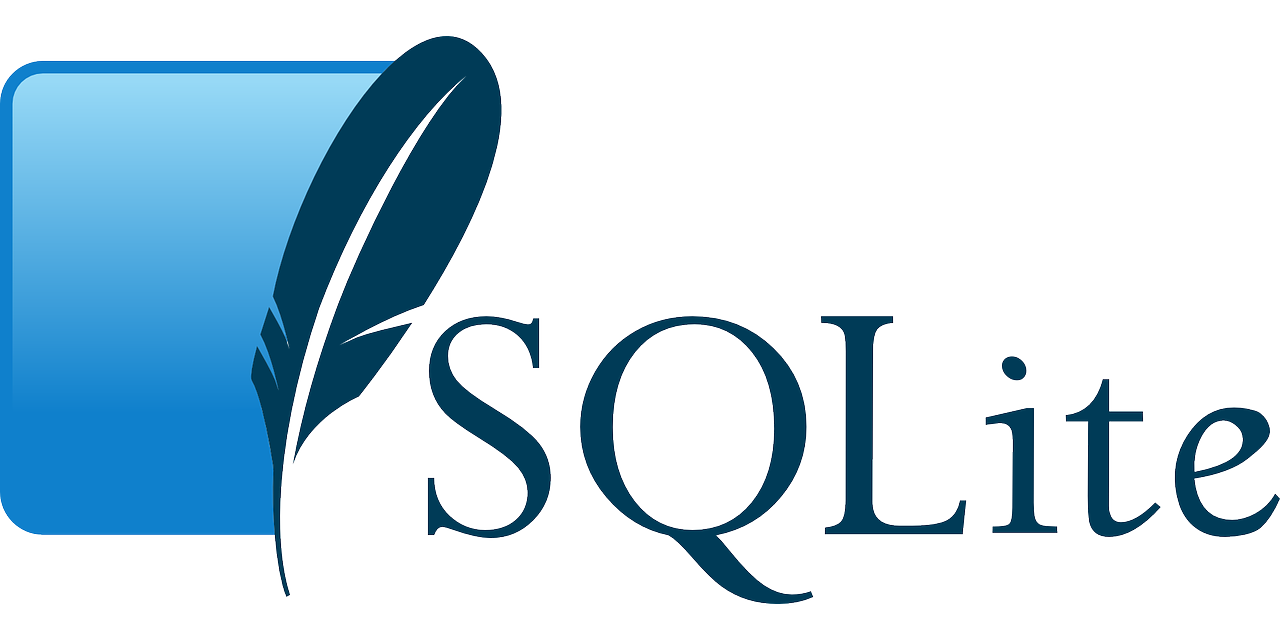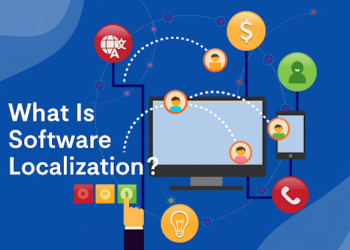Enterprise database management is now witnessing a huge shift across the globe, resulting in more advanced databases and DBMS applications. As of late, we can see an increased interest around the non-relational, NoSQL databases. The businesses are trying for more cost-effective ways to store and process the increased volume of data. This paved the way for many alternative DBMS platforms and tools, which are largely different from the conventional RDBMS systems and database management approaches. MongoDB thereby comes as a largely accepted database platform in the NoSQL era.
What is MongoDB?
Primarily, MongoDB is an open-source database solution, which uses a very innovative data management approach of document-centered data operations. MongoDB also features a nonstructured data model and a unique query language, which is considered highly powerful and functional among the NoSQL DBs. Non-relational means NoSQL does not work in the rows, columns, and table format, as in the relational databases we are used to. It consists of a different data architecture, which is based on documents and collections of data silos.
The primary unit of NoSQL DB is the unit of data, which consists of key-value pairs. This architecture will let the documents to hold different fields and structures of data forms. MongoDB Effectively uses a storage format, which is BSON (a binary system of JSON documents). The unique database structure, followed by MongoDB, is much elastic and can combine different sets of data to store multivariate data types without any compromise on the indexing options, data access, and validation rules. This further means that there is no more downtime while you are trying to upgrade or modify the DB data schemes.
Architecture of MongoDB
- MongoDB comprises a data container. Each of the databases inside acts as a unique set of data files, being a part of a comprehensive file system featuring multiple databases on the MongoDB server.
- Collection of data – MongoDB is a unique set of documents. In the case of conventional DBs, the collection represents a table. Inside collections, there are various stored documents which consist of various fields. However, all the documents stored inside a specific collection are meant for the same purpose.
- Documents in a data set are a fine combination of key-value pairs. A key-value pair is the primary data unit found in any non-relational DBs. MongoDB documents is tied to each other under a dynamic schema. Having a dynamic schema, each document in a collection needs not to have the same fields’ structure. The common fields in a collection may also have different data types.
- Queries – There are both ad-hoc queries and document-based queries that are supported by MongoDB.
- Unlike the relational database management systems, we can index various fields in the given document at the MongoDB data stores.
- MongoDB also supports replication in a master-slave model.
- Multiple MongoDB databases can simultaneously run on the same or multiple servers. The data can also be easily duplicate if there are any hardware failures or server crashes.
- Auto-Sharding enables the distribution of data silos across different partitions. Having different shards will ensure effective load balancing.
- Failure handling is another major feature of MongoDB, which, as discussed above, will create many replicas of data to ensure protection again any machine failure, rack failure, or even full data center failure.
For MongoDB implementation and remote administration support, you can contact RemoteDBA.com.
Comparison of MongoDB With Relational Database Management Platforms
Let us have a quick side-by-side comparison of MongoDB with general relational database management systems.
| MongoDB | RDBMS |
| Non-relational DB | Relational databases |
| Fully document-oriented | Table oriented / row-oriented |
| Key-value pair | Fully table-oriented |
| Querying using JavaScript | Fully SQL based querying |
| Very easy to implement | Need expert time-consuming setup |
| Unaffected by the threat of SQL injection | Highly vulnerable to SQL injections |
| Follows a dynamic schema | Functions on predefined schemas |
Why do Enterprises Consider MongoDB?
As discussed above, MongoDB has already come past many of the drawbacks of the relational database management systems. The major advantage among these is its scalability. As every business system needs to consider upgrading their DBMS to meet up with the changing enterprise data management needs, scalability comes as a primary priority. Here, MongoDB is a proven database technology with excellent capacities in terms of expandability and on-demand scalability. This will further make it easy for database users to easily fetch data from their database system and facilitate automated data integration. Some other reasons why MongoDB is acceptable are:
- No downtime during scaling up
- Text search is enabled
- Graphical processing is allowed
- Compared to other competitors, MongoDB is highly economical.
- MongoDB possesses the right mix of technology and data
- MongoDB has proven skills to be implemented for critical applications with highly reduced risks.
- It can accelerate the time-to-value and also reduce the overall cost of ownership.
- MongoDB is used to build such huge-scale applications which are merely impossible with RDBMS.
Unlike the conventional SQL DBs, MongoDB can effectively store data in a highly flexible document model with JSON. It will help to make your data more persistent. Combining the data is also made much easier with this approach. Any object in the given application is mapped to this document model, so it becomes easier for the developers and admins to work with the data stores. This specific schema will enable better governance by helping with complex aggregations and top-notch indexing functionality. With MongoDB, you can also modify the schemas by avoiding any downtime or breakage in services.
Alongside the developers, enterprise database management teams can benefit largely from MongoDB combined with cloud service support. The cost of maintaining and managing MongoDB is highly reduced on the commodity hardware. It will further enable the users to subscribe to pay as you use the DBaaS model (Database as a Service), which will largely reduce the cost of ownership over time.
While you are planning for a DBMS migration to MongoDB from a relational DB, you must also consider that MongoDB will not support SQL querying. Querying of MongoDB data stores is a much more dynamic and document-based model. So, you need to get familiar with the document-based querying language to effectively manipulate the MongoDB data. However, MongoDB is much easier to scale up and down based on your needs and to convert any application objects to database objects for effective mapping.






